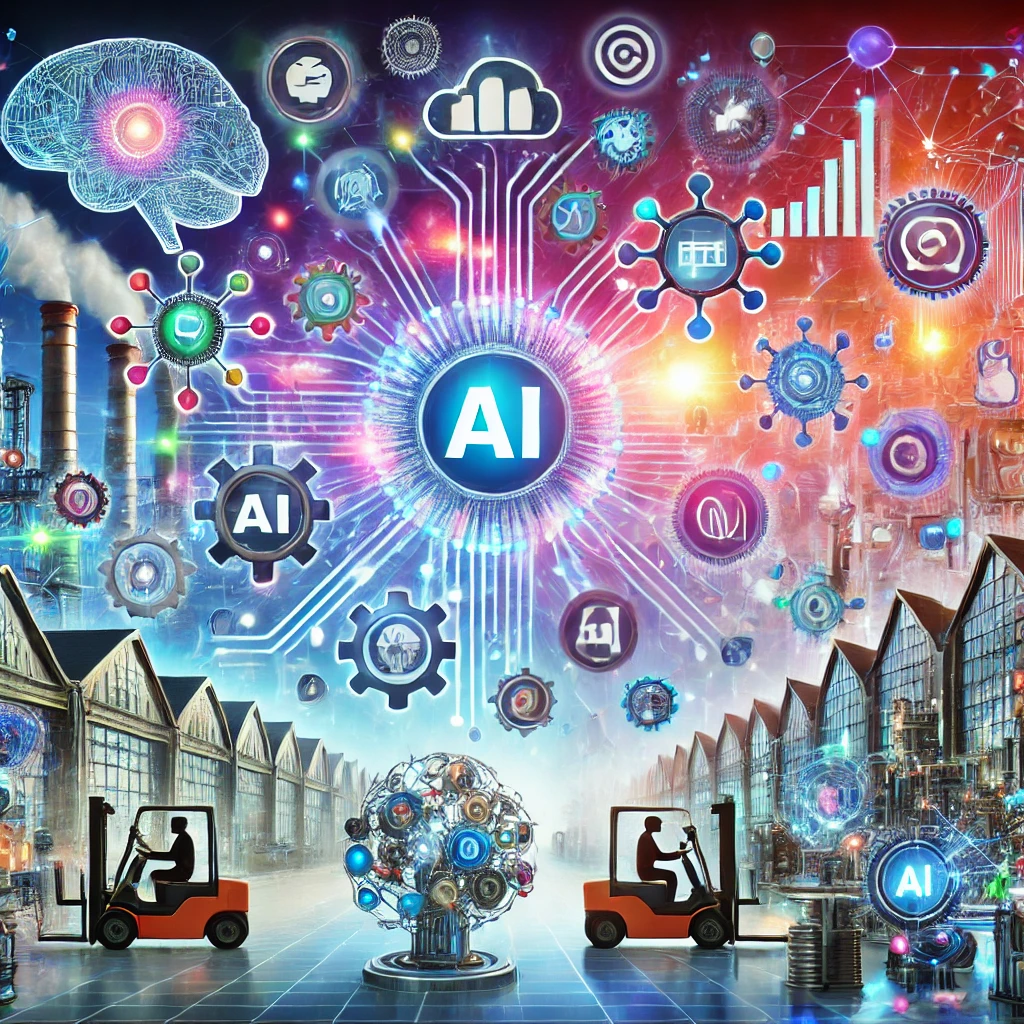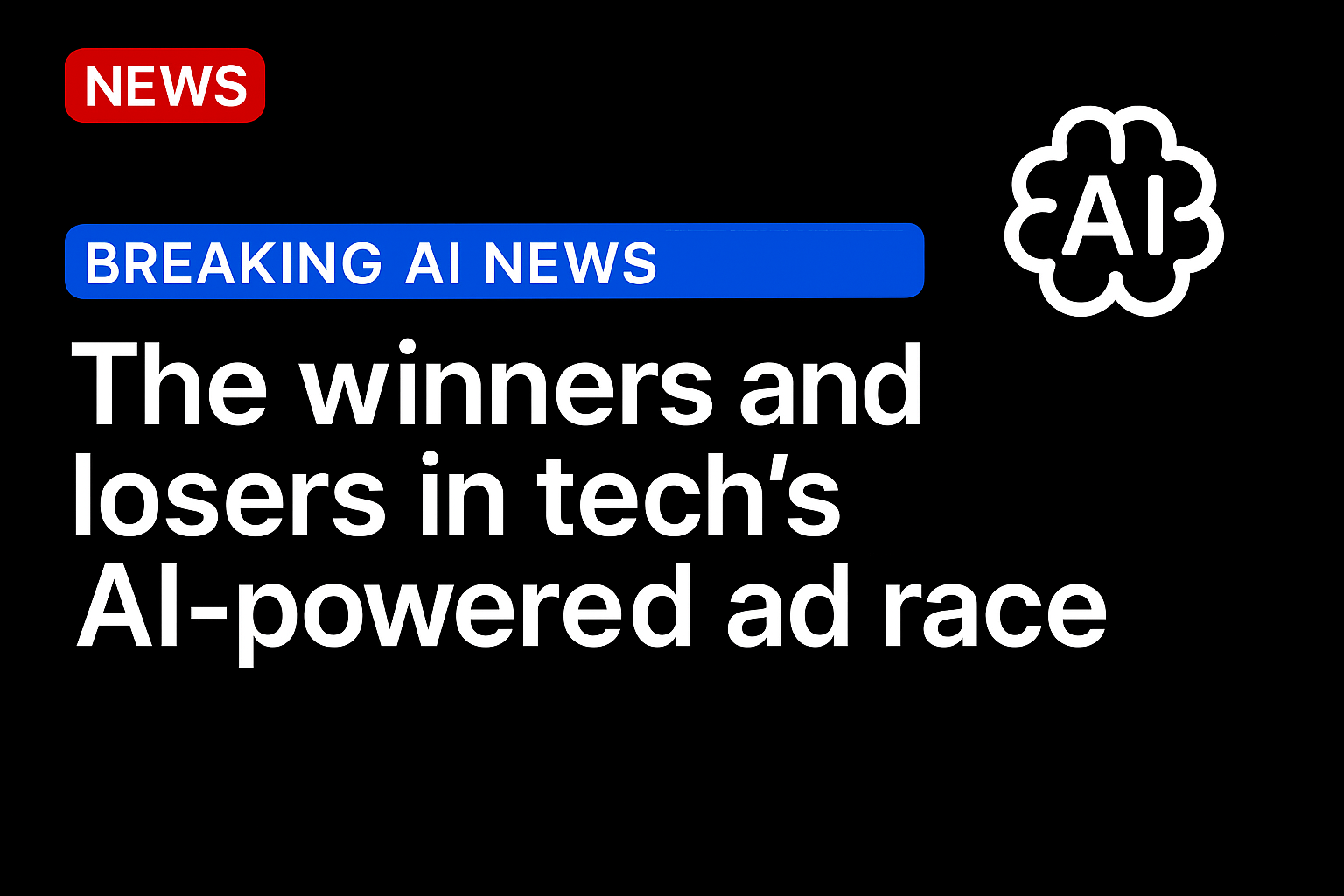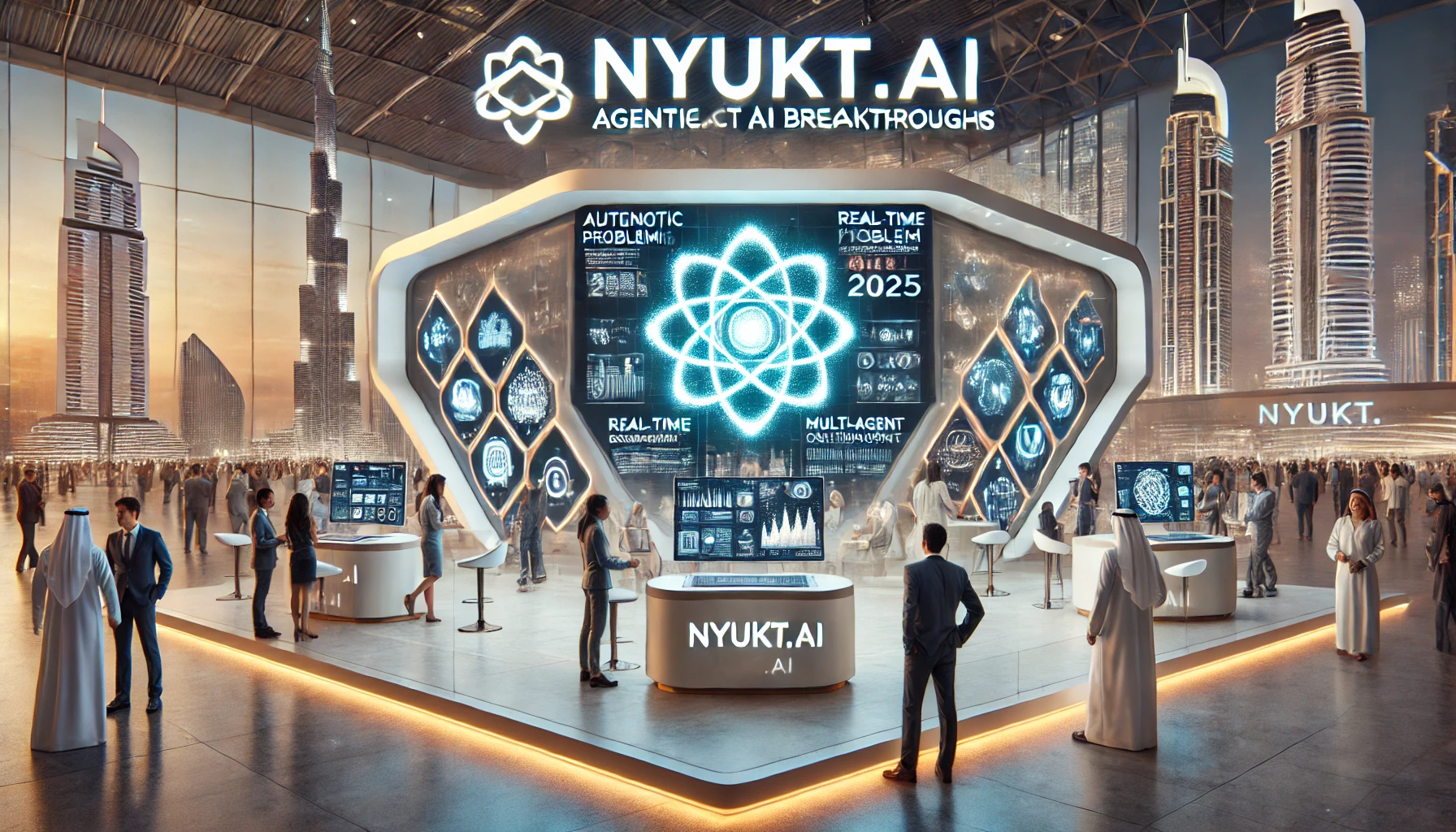Artificial intelligence (AI) has become a cornerstone of modern business and society, powering everything from automating routine tasks to creating personalized customer experiences. As AI continues to evolve, the idea of “Hybrid AI” has emerged as a game-changer, blending different AI models and techniques to achieve outcomes that go beyond what any single AI approach could accomplish on its own. By leveraging the strengths of various AI types—such as generative AI, machine learning, and rule-based systems—Hybrid AI is setting new standards across multiple industries.
The Power of Hybrid AI
The core concept of Hybrid AI is synergy. No single AI model is perfect; each has its own strengths and limitations. Generative AI excels at creativity and content generation, while machine learning is powerful for pattern recognition and predictive analytics. Rule-based systems, meanwhile, offer reliability in highly structured tasks. Hybrid AI brings together these diverse capabilities to create a more robust and versatile solution, capable of tackling complex, real-world problems more effectively.
In many industries, companies are realizing that by combining different AI models, they can improve the accuracy, scalability, and performance of their AI-driven solutions. This integration allows businesses to address a wider range of tasks and challenges, driving innovation and efficiency.
How Hybrid AI is Transforming Industries
- Healthcare
Hybrid AI is revolutionizing healthcare by integrating the best of several AI techniques. For instance, in medical diagnostics, machine learning models are often used to analyze patient data and detect patterns that could indicate disease. However, these models can be combined with rule-based systems that provide critical safety checks, ensuring that diagnoses are accurate and reliable. Additionally, generative AI is increasingly used to generate personalized treatment plans for patients by analyzing large sets of clinical data. By merging predictive models with generative algorithms, Hybrid AI can help doctors deliver more accurate and tailored healthcare solutions, improving patient outcomes. - Finance
The financial sector has long been a leader in AI adoption, using it for fraud detection, trading algorithms, and customer service. Hybrid AI is taking these applications to the next level by combining machine learning with rule-based systems to detect fraudulent transactions in real-time while adhering to strict regulatory frameworks. In trading, generative AI models that simulate different market scenarios can be combined with machine learning algorithms that analyze historical data to create sophisticated trading strategies. The synergy between these AI types helps financial institutions optimize investment portfolios, manage risk more effectively, and improve decision-making processes. - Retail
Hybrid AI is transforming the retail industry by enhancing customer personalization and operational efficiency. Retailers are using machine learning to predict customer preferences, while generative AI helps to create personalized marketing messages or product recommendations. Additionally, combining AI models helps retailers optimize inventory management. By integrating demand forecasting models with supply chain optimization algorithms, Hybrid AI enables companies to anticipate customer needs and adjust inventory levels in real-time, reducing waste and maximizing profitability. - Manufacturing
In manufacturing, Hybrid AI combines the precision of machine learning with the adaptability of generative models to enhance production processes. For instance, machine learning algorithms can monitor equipment performance and predict potential failures before they happen, while generative AI can be used to design new, more efficient components or products. By blending these capabilities, manufacturers can improve product quality, reduce downtime, and increase operational efficiency. Hybrid AI is also being applied to optimize supply chain logistics, using AI models to predict demand and improve the flow of materials and products. - Customer Service
Many companies are combining AI chatbots powered by generative models with machine learning-based sentiment analysis tools. These AI-driven solutions allow businesses to respond to customer queries more effectively, while sentiment analysis helps them better understand customer satisfaction and tailor responses accordingly. Hybrid AI makes it possible to offer highly personalized customer interactions at scale, improving customer satisfaction and retention.
Limitations of Generative AI
Generative AI, while incredibly powerful, has its limitations. One of its key challenges is accuracy—generative models are prone to producing plausible-sounding but incorrect information. This makes them less reliable in situations where precision and accuracy are critical, such as legal or medical advice. Additionally, generative AI models require large amounts of data to be trained effectively, and they can be vulnerable to biases embedded in their training data.
These limitations are where Hybrid AI shines. By combining generative AI with other AI models—like rule-based systems for safety or machine learning for pattern recognition—these weaknesses can be mitigated. Hybrid AI ensures that while generative models push the boundaries of creativity and adaptability, other AI techniques maintain accuracy, reliability, and safety.
The Future of Hybrid AI
As AI continues to evolve, Hybrid AI will become increasingly important in solving more complex, multi-faceted problems. The ability to combine different AI models and techniques offers enormous potential across a wide range of industries. From personalized healthcare to more efficient supply chains, the power of Hybrid AI lies in its flexibility, adaptability, and ability to generate superior results through collaboration between models.
In the future, we can expect Hybrid AI to further integrate with emerging technologies such as quantum computing, blockchain, and the Internet of Things (IoT), driving even greater innovation and transforming industries in ways we can only begin to imagine today.
Conclusion
Hybrid AI represents a new frontier in artificial intelligence, one that maximizes the strengths of various AI models while minimizing their limitations. By combining machine learning, generative AI, and rule-based systems, Hybrid AI offers a more versatile and powerful solution to the challenges faced by industries today. As businesses continue to adopt and integrate these technologies, the potential for innovation and efficiency will only grow, making Hybrid AI a vital tool in the future of AI-driven transformations.





